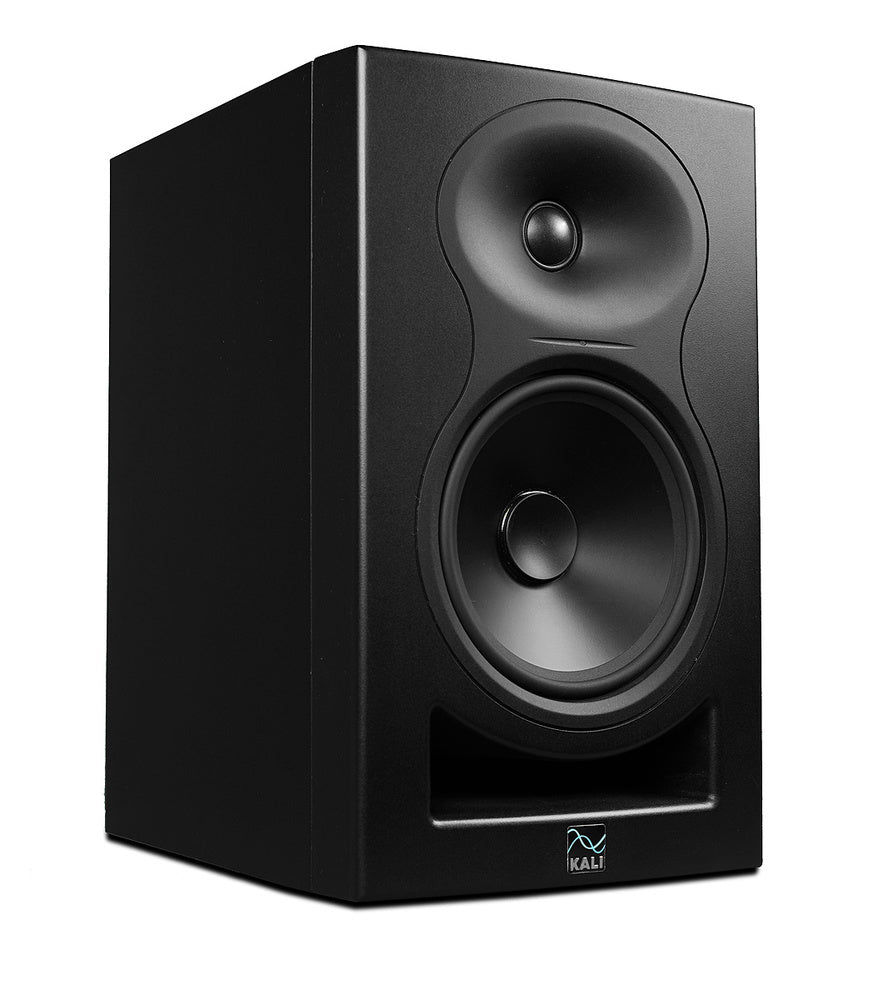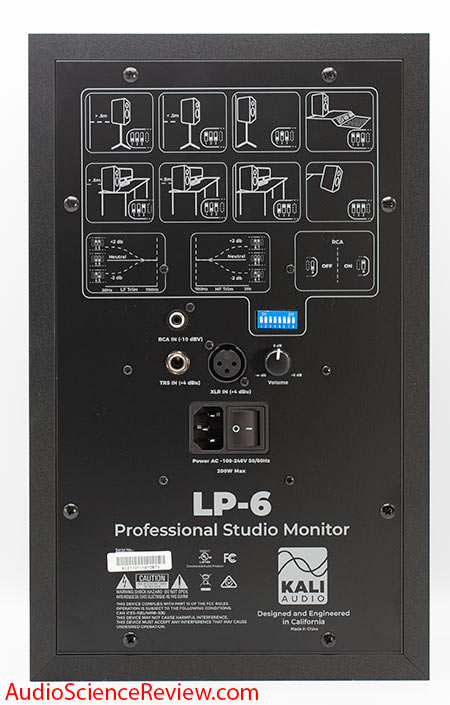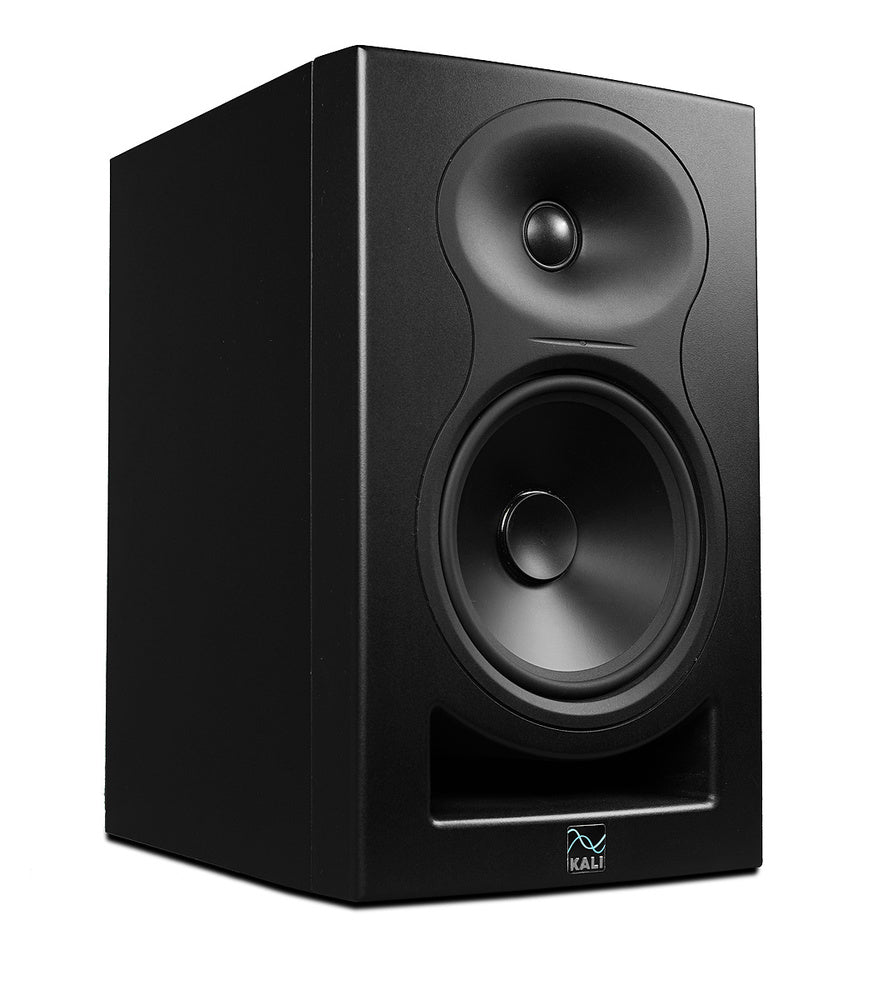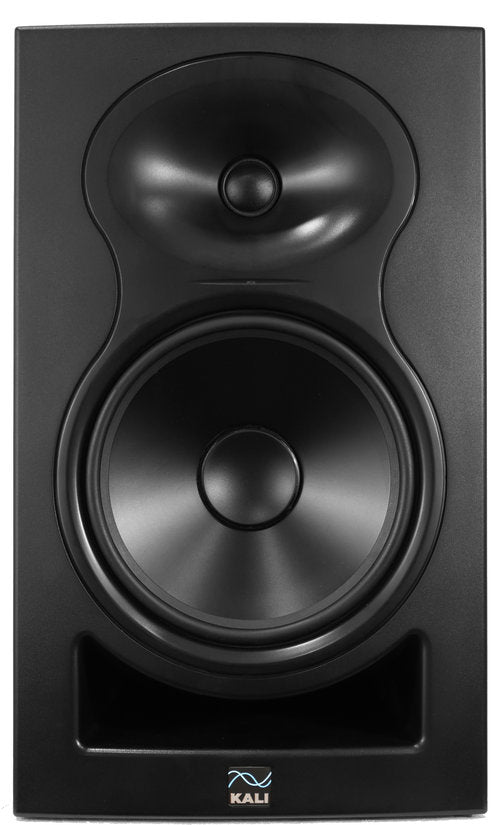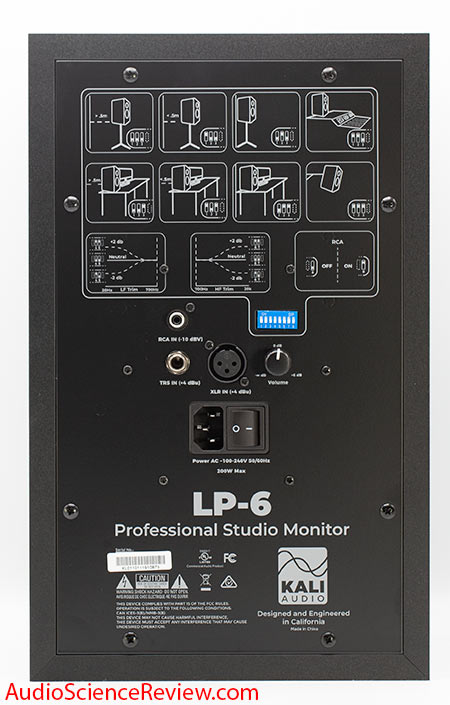In addition to high dynamic range, a speaker with low distortion will also present the sound in more detail and with greater clarity. Both the LP-6 and LP-8 are exemplary for their low distortion. Distortion in the LP-6 is a full 6 dB lower than that of the nearest competitor. System THD (Total Harmonic Distortion) for the LP-6 is less than 3% below 1700 Hz, and the LP-8 is a bit better at 2.5% below 400 Hz.
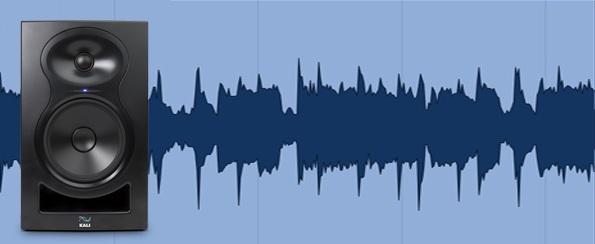
The LP-6 has been praised in many reviews for its dynamic range, and how detailed everything sounds.
